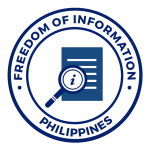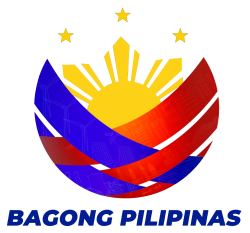The Disaster Risk Reduction and Management (DRRM) policy in the Philippines has evolved slowly over the years. In 1978, Presidential Decree (PD) 1566 established the National Disaster Coordinating Council (NDCC) as the highest policy-making body on disaster-related concerns. Republic Act (RA) 7160 or the Local Government Code (LGC) complemented this in 1991 by devolving the local autonomy to Local Government Units (LGUs) giving them more powers, authority, responsibilities, and resources, enabling the political subdivisions of the state to develop and become self-reliant and more effective partners in the attainment of national goals. From NDCC, the National Disaster Risk Reduction and Management Council (NDRRMC) came up because of the enactment of RA 10121, otherwise known as the Philippine Disaster Risk Reduction and Management Act of 2010. This law provides a comprehensive, all-hazard, multi-sectoral, inter-agency, and community- based approach to DRRM. NDRRMC is a coordinating body which was imbued with policy-making, integration, supervision, monitoring, and evaluation functions. We also have RA 9729 or the Climate Change Act of 2009. These laws established proactive national framework strategies and plans and made available the necessary institutional structures and resources. required for DRRM and climate change adaptation and mitigation in the country.
Republic Act 10121 which provides the legal basis for policies, plans and programs to deal with disasters, mandated the crafting and implementation of the National Disaster Risk Management Framework and the National Disaster Risk Reduction Management Plan (NDRRMP). Under the core value of safer, adaptive, and disaster-resilient communities, the NDRRMP defines applicable initiatives under four thematic areas: (1) disaster prevention and mitigation, (2) disaster preparedness, (3) disaster response, and (4) disaster
rehabilitation and recovery (Figure 3). The four priority pillars are essayed in 14 objectives, 24 outcomes, 56 outputs, and 93 activities. Most targets and activities indicated in the NDRRMP do not have separate funding sources by design and are intended to be mainstreamed into the regular activities of the relevant agencies and offices.
Meanwhile, the Isabela State University (ISU) is the first state university in the Cagayan Valley Region with Level IV status given by the Commission on Higher Education (CHED). The university envisions to be a leading research university in the ASEAN region and is committed to develop globally competitive human and technological resources and services through quality instruction, innovative research, responsive community engagement and viable resource management programs for inclusive growth and sustainable development. With these, the university offers DRRM and CCA supports to DRRM-relevant entities or groups.
In particular, the Isabela State University Cabagan (ISUC) Campus has directed its attention to comply with the above-mentioned laws, policies. and/or regulation to secure its local populace from the menace of disasters. In so doing, the ISUC Campus-based Disaster Risk Reduction and Management (DRRM) Plan is crafted with the mandates and framework set forth by RA 10121 and the NDRRMP. The Campus Administration, faculty and staff together with the stakeholders, joined hand-in-hand in crafting this Plan in order to achieve a safe, adaptive and disaster-resilient academic community. Thus, this Plan is prepared and will be implemented to fully mobilize all the resources of the Campus to prevent and/or minimize the impacts of disasters to physical assets, human resources, and the operations in the Campus.
View Full Text of the Plan: Campus-based Disaster Risk Reduction and Management (DRRM) Plan




